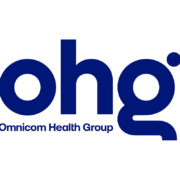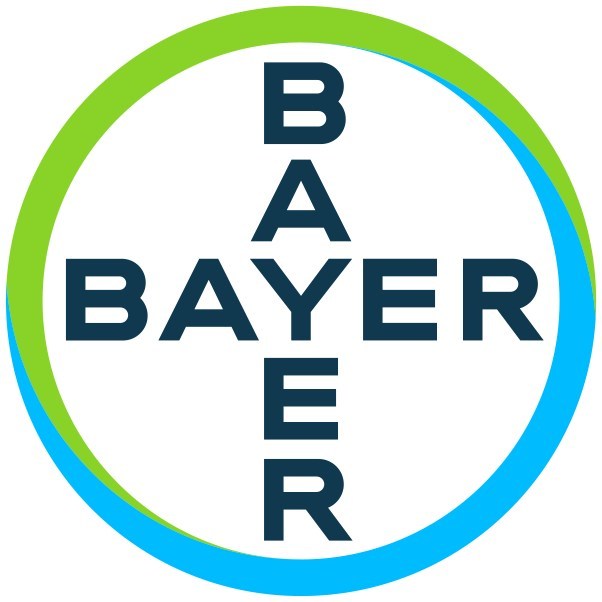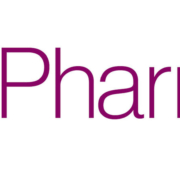Enabling health equity
Enabling health equity
By Mindy Vulpis, Ph.D.
For pharma companies, health equity isn’t something that can be provided as much as enabled. This may seem like mincing words, but this small shift in the way we think about working toward health equity can help point brands in the right direction. Pharma companies are already providing needed therapies and investing significantly in support that is theoretically available to anyone. Health inequity arises when some groups or populations are less likely than others to be able to take advantage of what brands are offering—and this is precisely what must be enabled if brands are to realize more equitable healthcare delivery.
As I outlined in my article, “Social Determinants of Health: Making an Impact,” in the December 2022 issue, pharma brands can impact health inequity by digging deeper into barriers that certain populations are persistently experiencing related to access and discrimination. But before they start digging, brands must first decide which problem(s) they want to solve and for whom. Health inequity occurs during every stage of the healthcare delivery process, from basic health and wellness education to disease screening and prevention to treatment access and support. These stages can all contribute to inequities in both treatment outcomes and health outcomes more broadly, so they are all good places to intervene. Different populations are also affected by health inequity in different ways, so it’s also important for brands to decide if they are trying to target a specific group or address inequity more broadly.
Once brands decide where they might want to intervene, they can start by asking questions.
If brands are interested in helping to get a disadvantaged population(s) on treatment, they can start asking about what’s preventing that from happening. Are patients experiencing deficits when it comes to health education or health literacy? What might be preventing their access to disease screening or timely diagnosis? If they have already been diagnosed, are they experiencing financial, logistical, or other barriers to treatment initiation?
If brands are interested in helping disadvantaged population(s) stay on treatment, they can start by thinking about what may be preventing adherence specifically for the groups they are looking to target. What might be driving the adherence behaviors of those specific patients, as opposed to patients more broadly? What may be causing these patients to fall through the cracks even when they are treated similarly to other patients? What are their unique health- or healthcare-related needs? And most importantly, what logistical, cultural, psychosocial, and financial issues are these groups uniquely experiencing?
If brands are interested in enabling greater health equity for a specific group, they can start by learning about that group’s unique circumstances, history, or culture. Are there cultural norms or expectations that are not adequately understood or addressed by conventional healthcare delivery? How might these norms affect the way patients communicate with their healthcare teams, both in how they express themselves and how they are likely to interpret or react to information? What steps should be taken to build trust in their healthcare teams? And what support might be needed to ensure that patients are empowered to make informed decisions about their care?
Research is always a good place to look for answers to these types of questions, but it should be undertaken with some caution. For example, market research could yield important health equity insights, but sampling can be tricky because it relies on accessing populations that are often the least likely to participate in research. It is critical for brands to keep this top of mind when conducting any research project, or they run the risk of generalizing outcomes to disadvantaged populations that aren’t based on research with people who share their circumstances. Published research can be a great resource, as there is already a large body of existing peer-reviewed literature that illuminates the underlying mechanisms of health disparity. But that research often points toward a need for large-scale social change and may or may not help brands address specific problems.
Once brands start to gain an understanding of what might be preventing equitable access to treatment and support, they and their agency partners can get to the business of helping to enable it. Some strategies can be as simple as asking patients the right questions about what they may need. For example, a basic screening tool could help HCPs uncover a patient’s inability to get to treatment appointments due to a lack of transportation or childcare, or a cultural belief that might be causing a patient’s reluctance to initiate certain types of treatments. Facilitating these patient conversations also has the important benefit of empowering even the most disadvantaged patients to participate more fully in their healthcare journey, which in and of itself can lead to better health outcomes. To meet whatever patient challenges are uncovered, brands can invest in providing needed assistance themselves, help direct patients to organizations that provide assistance, or partner with grassroots organizations that are already doing this type of work within marginalized communities.
Health inequity is ultimately a societal problem that is neither caused by pharma companies nor can be fully alleviated by them. But at the same time, pharma brands can play a significant role in blunting the impact of health inequity by investing in understanding – and ultimately finding ways to mitigate – barriers associated with access and discrimination at all stages of healthcare delivery.
Mindy Vulpis, Ph.D. is senior behavioral strategist at Evoke Micromass.









